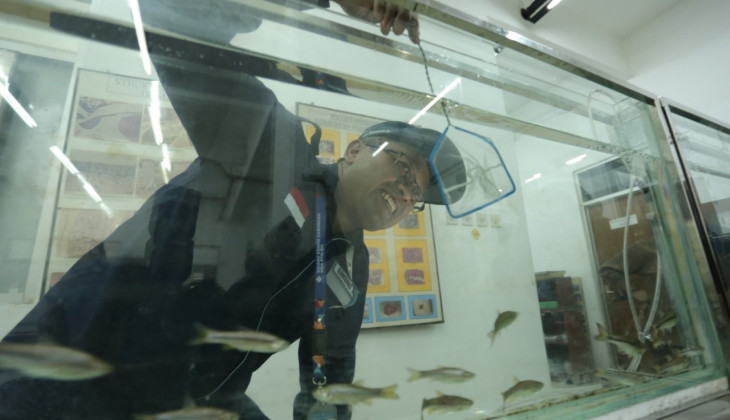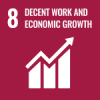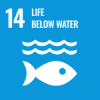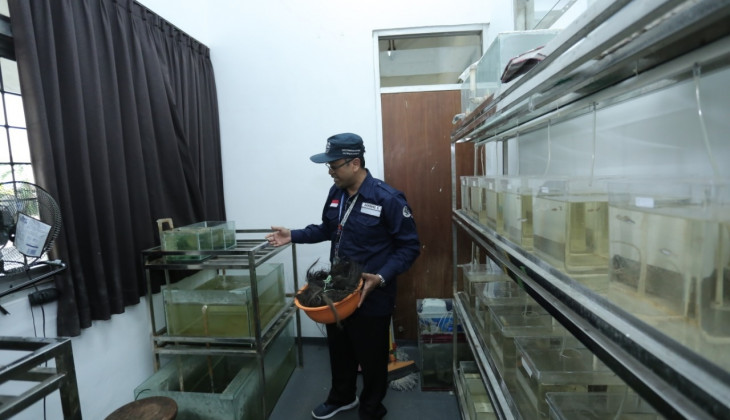
Wader (local name) stingray is a type of freshwater fish native to Indonesia which is quite popular among the people. This fish, which has the Latin name Rasbora lateristriata, is widely consumed as a side dish or as a snack.
The high market demand for wader fish has resulted in massive exploitation in their natural habitat. Meanwhile, continuous exploitation has not been matched by proper conservation efforts, thus threatening the existence of wader fish which are now rarely found.
“The population of wader stingrays in nature is increasingly rare, plus its reproduction takes place only once in one breeding season,” explained lecturer of the Faculty of Biology, UGM, Dr. Bambang Retnoaji to reporters, Tuesday (4/2) at the Laboratory of Animal Structure and Development, Faculty of Biology, UGM.
This condition encouraged him to find a solution to preserve the wader fish as well as to benefit from its economic potential. Bambang Retnoaji initiated the development and implementation of the wader stingray cultivation strategy by incorporating a touch of technology in it.
“With this cultivation technology, fish reproduction can take place every 2 weeks,” he said.
Bambang explained that the development of the wader stingray farming strategy has been carried out since 2014 together with UGM researchers who are members of the Aquatic Research Group. Spawning, hatching and breeding are carried out in the laboratory and then mass-scale cultivation is carried out in outdoor ponds. Mass cultivation is carried out by collaborating with local fish farmers or a combination of farmer groups in Kulon Progo, Sleman and Gunungkidul.
“Through this partnership, spawning, enlargement and provision of seedlings, enlargement and provision of ready-to-stock seeds can be carried out. Maintenance and provision of fish ready for harvest at 2-3 months and provision of sires aged 6-8 months,” he explained.
In addition, incentive cooperation for the development of wader stingray cultivation is also carried out with the DIY Marine and Fisheries Agency. Cultivation is carried out during the 2020-2025 period.
Bambang said that the tools developed, especially spawning, are designed to be used indoors and outdoors with adjustable conditions. That way, spawning can be done without depending on the season and can be done at any time.
The wader stingray spawning device consists of a spawning rack, the main aquarium, the spawning aquarium, the filter aquarium, and the water flow circulation system which is characterized by a spawning aquarium with fibers as a medium for fish spawning. Spawning is carried out in a closed room with a room temperature ranging between 25-30 degrees Celsius, a light period with a cycle of 14 bright:10 dark, and the quality of dissolved oxygen in the range of 6-8. Next, a pH of 6.5-8 and water circulation is continuously maintained.
“Spawning is carried out from 16.00 to 07.00 the next day when the eggs are harvested,” said Bambang.
The technology developed by Bambang has already been registered for a patent. In the future, it is targeted to be mass produced so that it can support the wader fish cultivation business in Indonesia.
“For equipment production, 1 unit costs around 6 million rupiah. Hopefully this technology can support the conservation and cultivation of wader stingrays in the country,” he said.
Source: https://ugm.ac.id/id/berita/18985-dosen-ugm-kembangkan-teknologi-budi-daya-ikan-wader-pari



